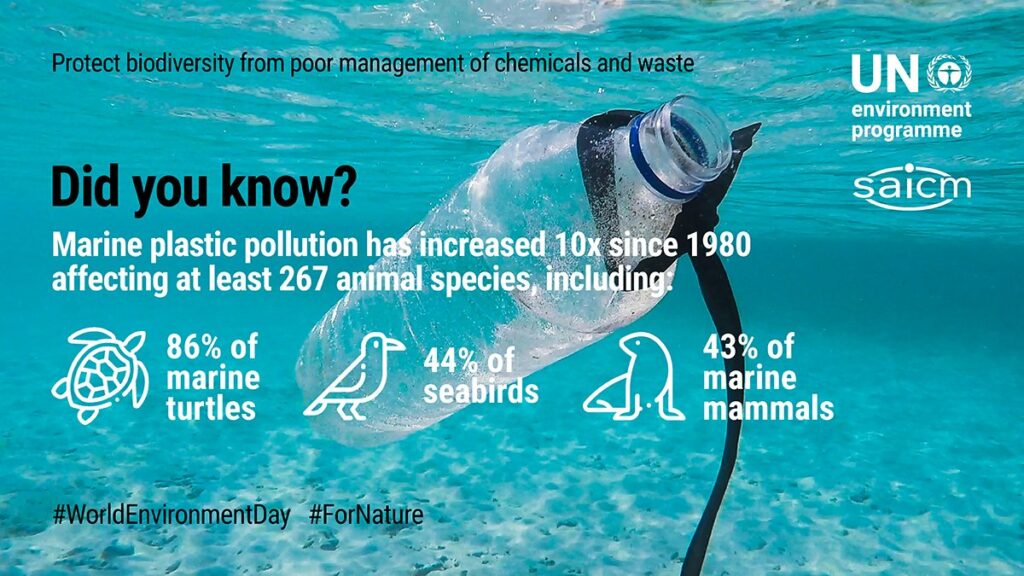
Zero Liquid Discharge Market to Reach $11.7 Billion by 2030
Introduction
Redding, California, Aug. 14, 2023 (GLOBE NEWSWIRE) — According to a new market research report titled ‘Zero Liquid Discharge Market by Process (Pre-treatment Technology, Evaporation Process, Crystallization Process, Solid Waste Handling Process and Other Processes) Application (Non-industrial and Industrial) and Geography—Global Forecast to 2030,’ the zero liquid discharge market is expected to reach $11.7 billion by 2030 from an estimated $6.4 billion in 2023, at a CAGR of 8.8% during the forecast period (2023–2030).
Sustainable Development Goals (SDGs)
The growth of the zero liquid discharge market is driven by the need to meet wastewater treatment regulations, a lack of available water and wastewater disposal options, and the scarcity of freshwater sources. However, high installation, maintenance, and operating costs and intensive energy consumption restrain the growth of this market.
Market Opportunities and Challenges
Furthermore, the recovery of valuable resources and growing demand for energy-efficient and advanced water treatment solutions are expected to create market growth opportunities. However, upgrading and repairing aging water infrastructure is a major challenge for the zero liquid discharge market.
Market Segmentation
The global zero liquid discharge market is segmented by process, application, and geography. The study also evaluates industry competitors and analyses the country and regional-level markets.
Process Segmentation
- Pre-treatment Technology
- Membrane-based Technology
- Reverse Osmosis
- Ultrafiltration
- Electrodialysis
- Membrane Bioreactor
- Forward Osmosis
- Other Membrane-based Technologies
- Biological Treatment Technology
- Chemical Treatment Technology
- Other Pre-treatment Technologies
- Membrane-based Technology
- Evaporation Process
- Crystallization Process
- Solid Waste Handling Process
- Other Processes
Application Segmentation
- Non-industrial
- Municipal
- Hospital
- Industrial
- Power Generation
- Food & Beverage
- Oil & Gas
- Mining & Minerals
- Chemicals
- Agrochemicals
- Electronics & Semiconductors
- Textiles
- Environment
- Other End-use Industries
Geographical Segmentation
Based on geography, the zero liquid discharge market is segmented into North America, Europe, Asia-Pacific, Latin America, and the Middle East & Africa. In 2023, Asia-Pacific is expected to account for the largest share of the global zero liquid discharge market. Asia-Pacific’s major market share is attributed to the growing demand for advanced treatment solutions, advancements in membrane technology, environmental deterioration, declining availability of clean water, and increased research & development expenditures.
Key Players
The key players operating in the global zero liquid discharge market are AQUARION AG (Switzerland), Veolia Environnement SA (France), Aquatech International LLC (U.S.), GEA Group Aktiengesellschaft (Germany), DuPont de Nemours, Inc. (U.S.), Evoqua Water Technologies LLC (U.S.), H2O GmbH (Germany), IDE Technologies (Israel), SafBon Water Service (China), Saltworks Technologies Inc. (Canada), WOG Technologies (India), Thermax Limited (India), Petro Sep Corporation (Canada), Samco Technologies, Inc. (U.S.), and Condorchem Envitech (Spain).
Conclusion
To gain more insights into the market with a detailed table of content and figures, click here: https://www.meticulousresearch.com/product/zero-liquid-discharge-market-5568
SDGs, Targets, and Indicators
1. Which SDGs are addressed or connected to the issues highlighted in the article?
- SDG 6: Clean Water and Sanitation
- SDG 9: Industry, Innovation, and Infrastructure
- SDG 12: Responsible Consumption and Production
- SDG 13: Climate Action
2. What specific targets under those SDGs can be identified based on the article’s content?
- SDG 6.3: By 2030, improve water quality by reducing pollution, eliminating dumping and minimizing release of hazardous chemicals and materials.
- SDG 9.4: By 2030, upgrade infrastructure and retrofit industries to make them sustainable, with increased resource-use efficiency and greater adoption of clean and environmentally sound technologies and industrial processes.
- SDG 12.4: By 2020, achieve environmentally sound management of chemicals and all wastes throughout their life cycle, in accordance with agreed international frameworks, and significantly reduce their release to air, water, and soil in order to minimize their adverse impacts on human health and the environment.
- SDG 13.3: Improve education, awareness-raising, and human and institutional capacity on climate change mitigation, adaptation, impact reduction, and early warning.
3. Are there any indicators mentioned or implied in the article that can be used to measure progress towards the identified targets?
- Reduction in wastewater discharge and improvement in water quality
- Increase in the adoption of sustainable water treatment technologies
- Reduction in the release of hazardous chemicals and materials
- Enhanced education and awareness on climate change mitigation and adaptation
SDGs, Targets, and Indicators
| SDGs | Targets | Indicators |
|---|---|---|
| SDG 6: Clean Water and Sanitation | 6.3: By 2030, improve water quality by reducing pollution, eliminating dumping and minimizing release of hazardous chemicals and materials. | – Reduction in wastewater discharge and improvement in water quality |
| SDG 9: Industry, Innovation, and Infrastructure | 9.4: By 2030, upgrade infrastructure and retrofit industries to make them sustainable, with increased resource-use efficiency and greater adoption of clean and environmentally sound technologies and industrial processes. | – Increase in the adoption of sustainable water treatment technologies |
| SDG 12: Responsible Consumption and Production | 12.4: By 2020, achieve environmentally sound management of chemicals and all wastes throughout their life cycle, in accordance with agreed international frameworks, and significantly reduce their release to air, water, and soil in order to minimize their adverse impacts on human health and the environment. | – Reduction in the release of hazardous chemicals and materials |
| SDG 13: Climate Action | 13.3: Improve education, awareness-raising, and human and institutional capacity on climate change mitigation, adaptation, impact reduction, and early warning. | – Enhanced education and awareness on climate change mitigation and adaptation |
Behold! This splendid article springs forth from the wellspring of knowledge, shaped by a wondrous proprietary AI technology that delved into a vast ocean of data, illuminating the path towards the Sustainable Development Goals. Remember that all rights are reserved by SDG Investors LLC, empowering us to champion progress together.
Source: globenewswire.com

Join us, as fellow seekers of change, on a transformative journey at https://sdgtalks.ai/welcome, where you can become a member and actively contribute to shaping a brighter future.






